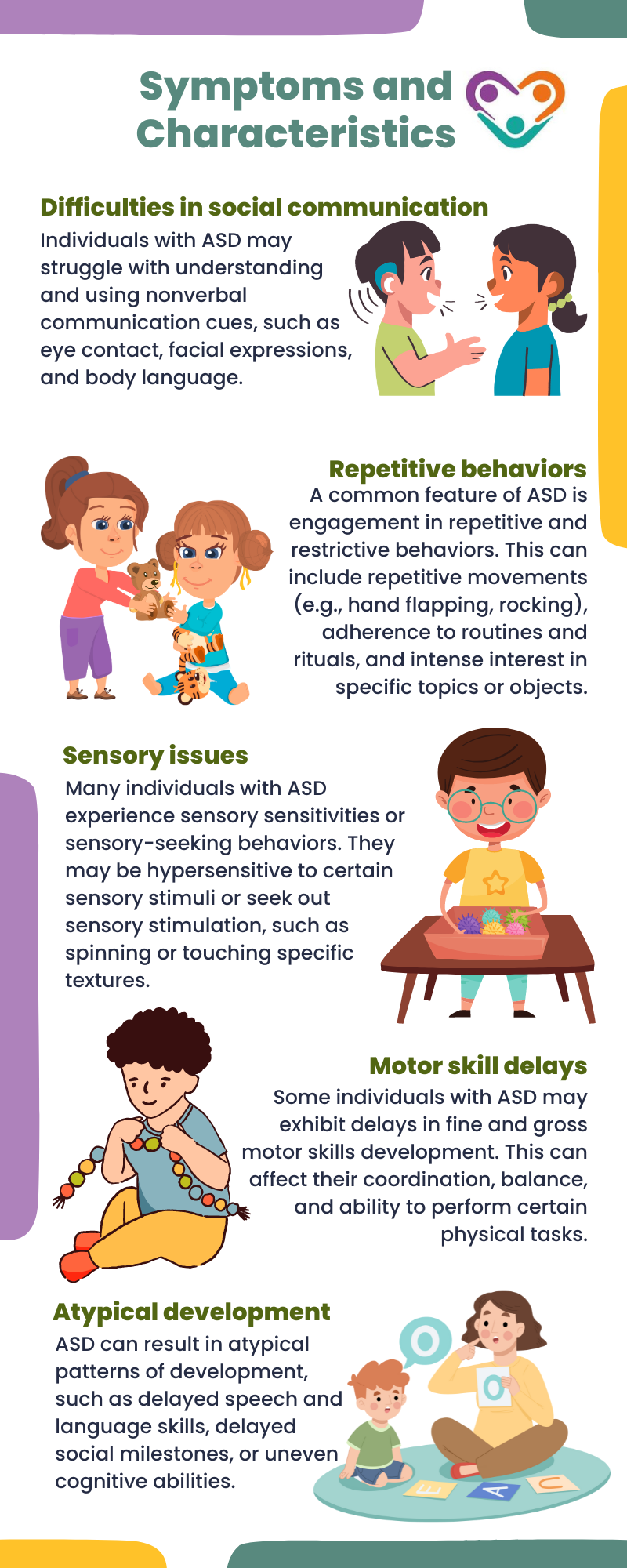
Table of Contents
Autism spectrum disorder (ASD) and social anxiety disorder (SAD) share certain commonalities. Both conditions can involve difficulties in social interaction and anxiety in social situations.
However, the underlying causes and mechanisms are different.
Individuals with autism may struggle with social cues, changing moods, nonverbal communication, and social reciprocity. They may find it hard to interpret facial expressions and body language and even understand social norms. These challenges are not solely rooted in anxiety but are inherent to the condition itself.
On the other hand, social anxiety stems from a fear of negative evaluation or judgment by others.
Individuals with social anxiety experience intense anxiety or distress in social situations due to the fear of being embarrassed, humiliated, or judged.
Similarities and Overlapping Traits
While autism and social anxiety have distinct features, there are overlapping traits that can make differentiation challenging.
For example, both conditions can involve difficulties with social interaction, communication, and anxiety in social settings. Some individuals with autism may also experience social anxiety as a result of the challenges they face socially, such as bullying or exclusion.
Up to 50% of autistic individuals qualify for a diagnosis of social anxiety disorder, compared to 7-13% of non-ASD individuals.
To differentiate between social anxiety and autism, a formal diagnosis from a healthcare professional is essential. The diagnostic process for autism typically involves observations, interviews, and assessments of developmental history.
Professionals evaluate certain criteria, including social communication, restricted and repetitive behaviors, and sensory sensitivities. Meanwhile, diagnosing social anxiety disorder typically involves assessing symptoms, their impact on daily life, and ruling out other possible causes.
It is important to note that social anxiety and autism can co-occur, and the presence of social anxiety symptoms may complicate the identification of autism. This emphasizes the need to consider the subjective experiences of individuals and the impact of symptoms on their daily lives to differentiate between the two conditions.
Symptoms and Characteristics
ASD is a neurodevelopmental disorder characterized by various symptoms and behaviors. These can manifest in many ways and may vary in severity from person to person.
Here are some of the key symptoms and behaviors associated with ASD:
On the other hand, SAD is a mental health disorder characterized by intense fear or anxiety in social situations. While individuals with ASD may also experience social anxiety, SAD specifically stems from a fear of negative evaluation by others.
Some of the symptoms and impacts of SAD include:
- Anxiety in social situations – Social situations that trigger anxiety in individuals with SAD can vary, but they commonly include public speaking, meeting new people, or participating in group activities.
- Avoidance of social interaction – To cope with their anxiety, individuals with SAD may avoid or limit their participation in social activities. This avoidance can hinder their ability to form relationships, pursue personal or professional opportunities, and engage fully in daily life.
- Physical symptoms – SAD can also manifest in various physical symptoms, such as sweating, rapid heartbeat, trembling, and shortness of breath. These physical manifestations are often a result of the anxiety experienced in social situations.
It’s important to note that while there may be overlapping traits between ASD and SAD, the underlying causes and mechanisms differ.
ASD involves innate differences in understanding and processing social information, while SAD arises from a fear of negative evaluation. To obtain a formal diagnosis and clarify which condition is present, it is best to consult with a healthcare professional.
For individuals with ASD, it is also crucial to address their mental health needs, including the potential presence of SAD.
Coping Mechanisms and Strategies
Developing effective coping mechanisms and strategies is essential for individuals with autism and social anxiety to navigate their daily lives more comfortably. Here are some strategies that can help them:
- Social Skills Training – Individuals with autism can benefit from social skills training programs that teach appropriate social behaviors, nonverbal communication, and conversation skills.
- Cognitive-Behavioral Therapy (CBT) – CBT is a widely used therapeutic approach for managing social anxiety. It helps individuals identify and challenge negative thoughts and beliefs, develop self-confidence, and gradually face feared social situations through exposure therapy.
- Mindfulness and Relaxation Techniques – Techniques such as deep breathing exercises, meditation, and mindfulness can help individuals with autism and social anxiety manage their anxiety and stress levels.
- Supportive Environments – Creating supportive environments that foster understanding and acceptance can greatly benefit individuals with autism and social anxiety. This can include providing clear communication, minimizing sensory overload, and promoting inclusive social activities.
It’s important to note that these strategies may vary depending on individual needs and preferences. Working with healthcare professionals, therapists, and support networks can provide personalized guidance and support in developing effective coping mechanisms.
Sources:
https://soniclearning.com.au/social-anxiety-vs-autism
https://neurodivergentinsights.com/misdiagnosis-monday/social-anxiety-or-autism
https://www.healthline.com/health/autism/social-anxiety-vs-autism
https://www.autismparentingmagazine.com/social-anxiety-differences
https://www.simplypsychology.org/social-anxiety-vs-autism.html
- Autism Routine Disruption in Adults: Coping Tips - July 16, 2024
- Autism and Obsession: An Overview - July 16, 2024
- Autism and Taking Clothes Off: Management Tips - July 16, 2024



